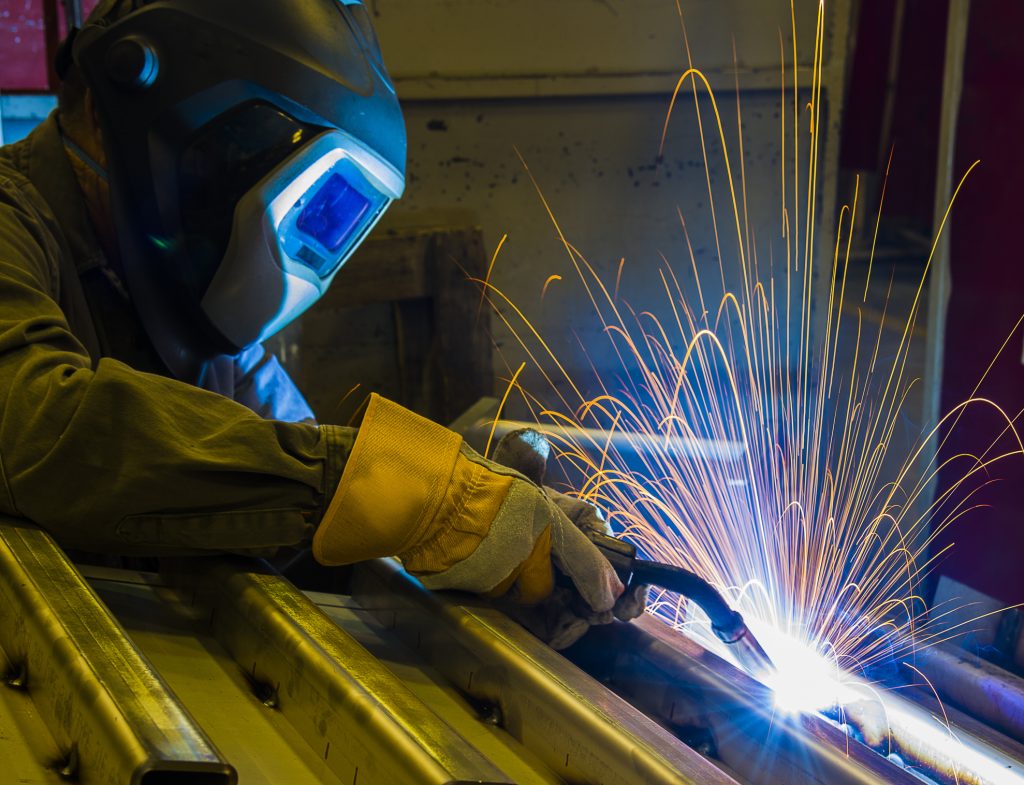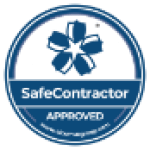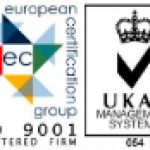Our Guide to MIG Welding

Welding is a timeless craft that has evolved significantly over the years. Among the various welding techniques available, MIG (Metal Inert Gas) welding stands out as a versatile and widely used method in metal fabrication. In this blog, we’ll delve into the art of MIG welding, exploring its fundamentals, equipment, techniques, and applications.Understanding MIG Welding
What is MIG Welding?
MIG welding, also known as Gas Metal Arc Welding (GMAW), is a process that employs a continuously fed wire electrode to join metal pieces together. The electrode, typically made of a solid wire, is guided through a welding gun, where an inert gas shield (such as argon or a mix of gases) protects the weld pool from atmospheric contamination.
Advantages of MIG Welding
MIG welding offers several advantages:
High Efficiency: MIG welding is a fast process, allowing for rapid welding of joints.
Versatility: It can be used on a wide range of metals, including stainless steel, aluminium, and mild steel.
Ease of Use: Compared to some other welding methods, MIG welding is relatively easy to learn, making it accessible to beginners.
Clean Welds: The shielding gas protects the weld from impurities, resulting in clean, high-quality welds.
MIG Welding Techniques
Setting Up the Equipment
Select the Right Wire and Gas: Choose the appropriate wire diameter and type based on the metal being welded. Consult equipment manuals or welding charts for guidance.
Prepare the Workpiece: Clean the metal surfaces to be welded, ensuring they are free from rust, paint, or contaminants.
Adjust Settings: Set the appropriate voltage, wire speed, and gas flow rate on the MIG welder according to the material and thickness being welded.
Welding Process
Positioning: Hold the welding gun at the correct angle (usually 10-15 degrees from vertical) and maintain a consistent distance between the gun and the workpiece.
Technique: Employ a steady, back-and-forth motion while maintaining a consistent travel speed. Ensure good penetration without burning through the metal.
Overlap and Weaving: For thicker materials, weaving the weld bead side-to-side can create stronger joints. Overlapping welds ensure complete coverage and strength.
Conclusion
MIG welding offers a versatile and efficient way to join metals. With the right equipment, techniques, and safety measures in place, you can create strong, clean welds suitable for a myriad of applications, making MIG welding an invaluable skill in the world of metalworking.
Mastering MIG welding requires practice, patience, and a good understanding of its principles. At C&C Fabrications, we understand MIG Welding is not suitable for all situations and projects. So, to learn more about what is required for an upcoming project, get in touch with our team of experts.



